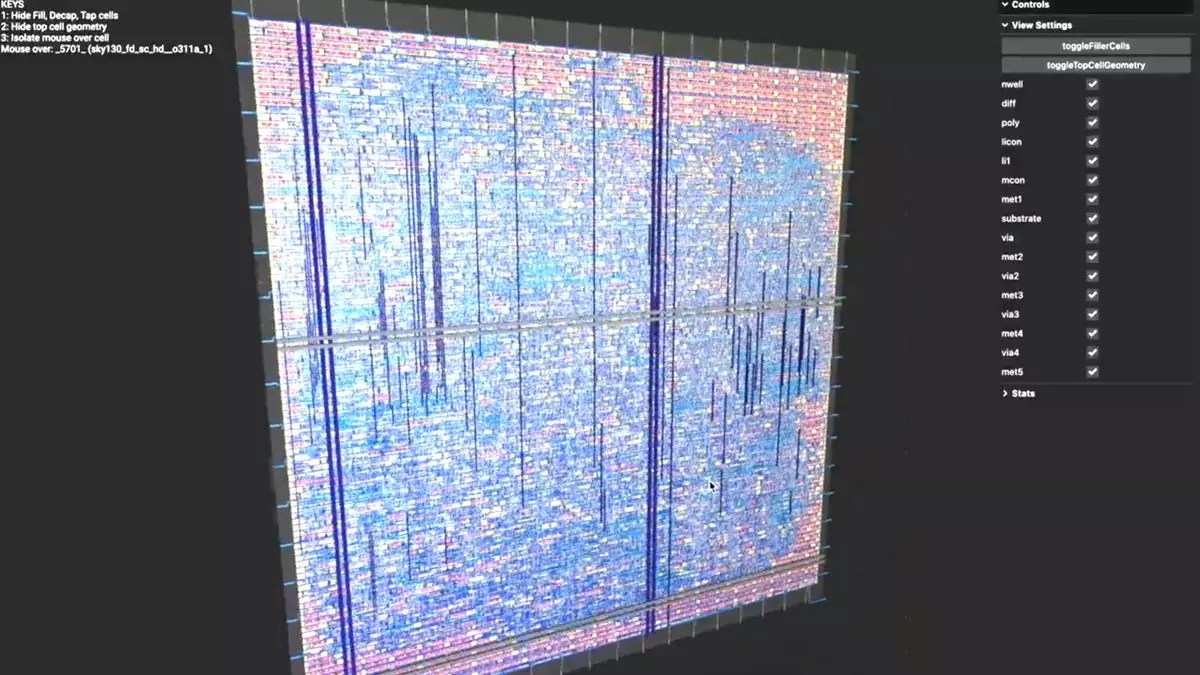Designing a GPU from scratch may seem like a daunting task, especially for someone with a background in software engineering. While CPUs and GPUs share common aspects, the intricacies of GPU design present unique challenges. Adam Majmudar’s journey into GPU design showcases the complexity of translating theoretical knowledge into a functioning hardware component. From understanding central processor architecture to simulating matrix calculations, Majmudar encountered numerous obstacles along the way.
One of the key lessons learned from Majmudar’s project is the fundamental differences between CPUs and GPUs. While CPUs focus on executing a sequence of instructions, GPUs are optimized for parallel processing. Managing memory and threads in a GPU requires a different approach compared to a CPU. Majmudar’s experience highlights the importance of gaining a deep understanding of the underlying hardware architecture when designing a GPU from scratch.
Majmudar’s decision to focus on a GPGPU rather than a traditional graphics GPU added another layer of complexity to the project. GPGPUs are designed for general-purpose computing, emphasizing data parallelism and computational efficiency. By excluding graphics-specific features like triangle setup and texture mapping units, Majmudar faced the challenge of balancing performance and versatility in his GPU design. Despite these challenges, Majmudar was able to create a functional GPU that could execute basic instructions and perform matrix calculations.
A crucial aspect of Majmudar’s success was his willingness to seek help from others and share his project on Github. Collaborating with experts in the field and leveraging open-source resources allowed Majmudar to overcome obstacles and refine his GPU design. By making his work accessible to the public, Majmudar has created a valuable resource for aspiring hardware designers looking to delve into the intricacies of GPU architecture.
In today’s digital age, the barrier to entry for GPU design has been significantly lowered. With an abundance of online tools, tutorials, and exercises, anyone can learn the fundamentals of GPU programming. However, delving into the transistor-level design of a shader unit remains a challenging endeavor, as proprietary information from major chip manufacturers remains closely guarded. Majmudar’s project serves as a testament to the possibilities of DIY GPU design, showcasing the creativity and perseverance required to navigate the complexities of hardware development.
Designing a GPU from scratch is a formidable undertaking that requires a deep understanding of hardware architecture, perseverance in the face of setbacks, and a collaborative mindset to seek help and share knowledge with others. Majmudar’s journey into GPU design sheds light on the challenges and rewards of exploring the depths of hardware development, inspiring aspiring engineers to push the boundaries of what is possible in the world of GPU programming.


Leave a Reply